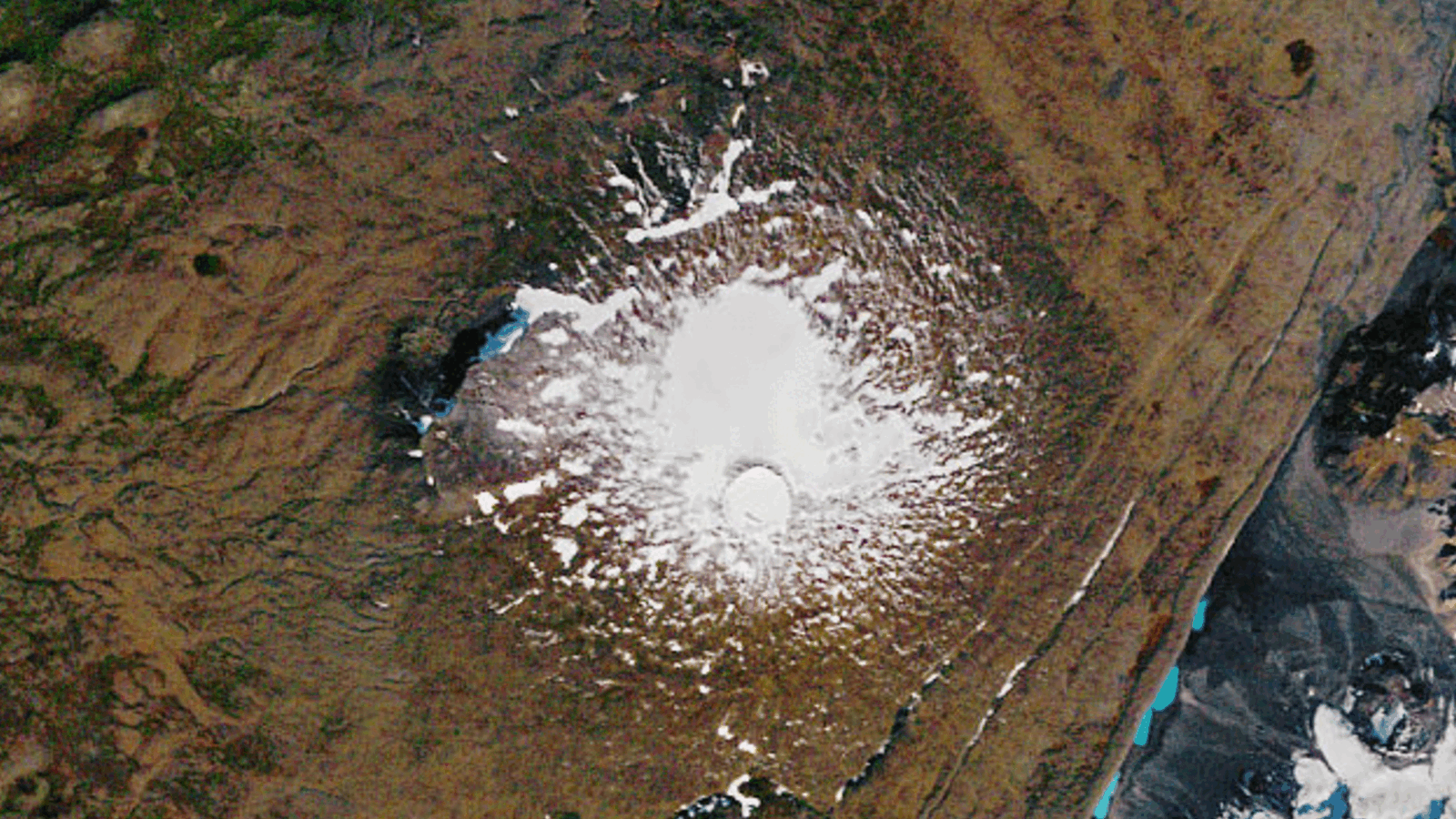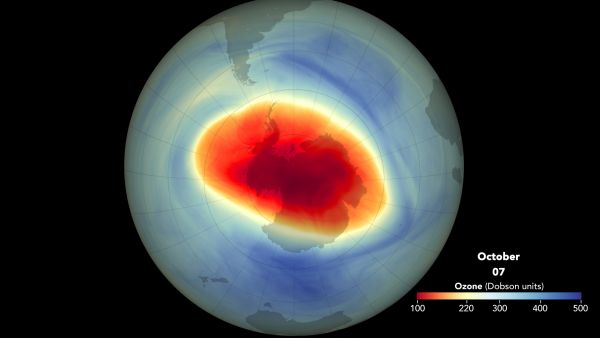When you buy through golf links on our site , we may gain an affiliate commission . Here ’s how it works .
Eighteen yr ago , a big ball of methamphetamine broke off Antarctica ’s Ross Ice Shelf , float out to ocean and soon after break into piece . One of those piece , a coffin - shaped iceberg , has now — nearly two X later — made its way into warm water . According toNASA , it ’s kick the bucket to become flat .
For its entire lifetime , thistabular icebergcircled Antarctica in the frosty water of theAntarctic Circumpolar Current , NASA explain . That ’s a footling unopen iteration of moving water that can keep crisphead lettuce in the southern continent ’s frigid vicinity for class . It was in this in - between zone that the iceberg , named B-15 T , acquired its casket shape , NASA compose — the result of collision with other bergs , along with other factors .

This coffin-shaped iceberg (shown here on Sept. 23, 2018) is part of an iceberg that split from the Ross ice shelf and is now circling in Antarctica’s frigid waters.
" The casket form is an stroke of prison term and space , given the approximately 18.5 - year ocean trip of B-15 T , " glaciologist Chris Shuman , of NASA and the University of Maryland Baltimore County , state in NASA ’s assertion . " We can only guess at the forces that have acted on this leftover of B-15 along the tenacious way around Antarctica . " [ Iconic Photos of Earth from Space ]
When an cosmonaut on theInternational Space Stationspotted the iceberg through the cloud and snap the picture above , the ice lump had been redirect north , into the southern Atlantic . The lack of other sea sparkler around it , NASA indite , suggest that it ’s in quick waters where it will shortly meld .
It will be pull round by other remnants of that Alban Berg that broke off Antarctica 18 years ago , still circling incessantly in cold southern amniotic fluid .

The “coffin” iceberg shown on Oct. 20, 2017.
in the beginning published onLive Science .


















